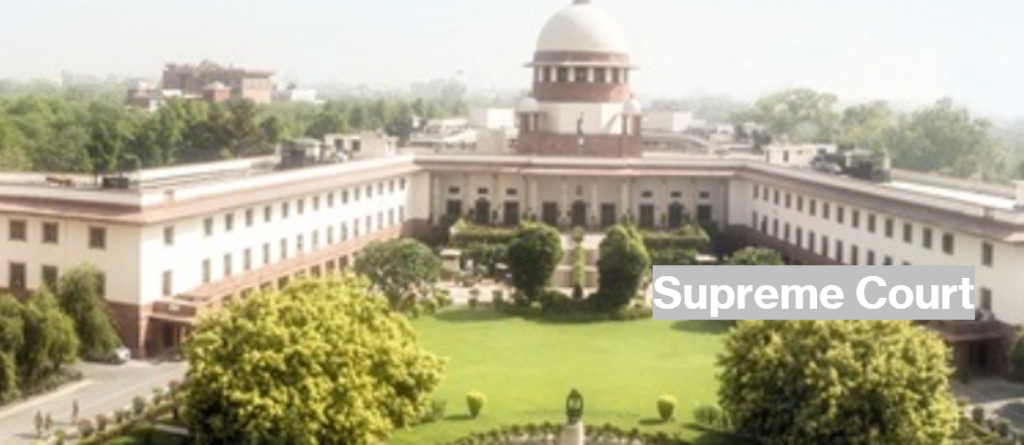
In the year 2000 CE, Oxford University Press brought forth a book under the editorship of former Chief Justice of India (CJI) B N Kripal and distinguished legal minds. This book marked the celebration of the fiftieth anniversary of India’s Supreme Court. Within its pages, Justice Kripal set forth a statement that serves as a touchstone for evaluating the apex court’s functioning in India.
Court on Trial: A Data-Driven Account of the Supreme Court
He eloquently conveyed, “The title of the volume ‘Supreme but not Infallible’—is taken from an often-quoted self-reflection of an American judge: ‘We are not final because we are infallible, we infallible only because we are final’. The Supreme Court, in accordance with its belief system, has undertaken its responsibilities with an awareness of its supremacy that is balanced by a cautious acknowledgment of its fallibility.”
From this acknowledgment of “fallibility” emerges a scrutiny of certain shortcomings within the workings of the Supreme Court. A new book titled “Court on Trial: A Data-Driven Account of The Supreme Court of India” has meticulously illuminated these aspects with substantiating data.
The book accentuates the apex court’s commendable performance in terms of regional representation. However, the book also casts light on a less inspiring facet—caste diversity. The authors point out that while nearly 25 percent of India’s populace belongs to scheduled castes or scheduled tribes, the figures for their representation within the judicial system remain disheartening. As of 2018, a mere four percent of judges appointed by the executive (equivalent to three judges) and less than one percent of judges appointed by the collegium (amounting to one judge) hailed from these marginalized sections.
Another significant subject of scrutiny within the book revolves around the considerable influence wielded by “senior advocates” in our legal ecosystem.
In popular culture, senior advocates are often depicted as legal luminaries, possessing imposing personalities and delivering articulate and fervent arguments that captivate not only the audience but also the judges. This book adeptly captures the phenomenon of these “senior advocates” and the sway they command through the combination of compelling arguments and compelling statistics. The authors delve into a myriad of factors contributing to this influence, ranging from a cult of personality to the extensive practical experience that senior advocates accumulate—sometimes surpassing that of the sitting judges of the Supreme Court.

Strategies for Data Driven Account
Conclusion
“Supreme but not Infallible” commemorates the golden jubilee of India’s Supreme Court, shedding light on its journey with a humble acknowledgment of its fallibility. Through “Court on Trial,” a comprehensive exploration of data, the book brings forth both commendable achievements and areas necessitating introspection. Lastly, the book dissects the intriguing dominion of “senior advocates,” unveiling the factors that bestow them with significant clout in the judicial landscape.

